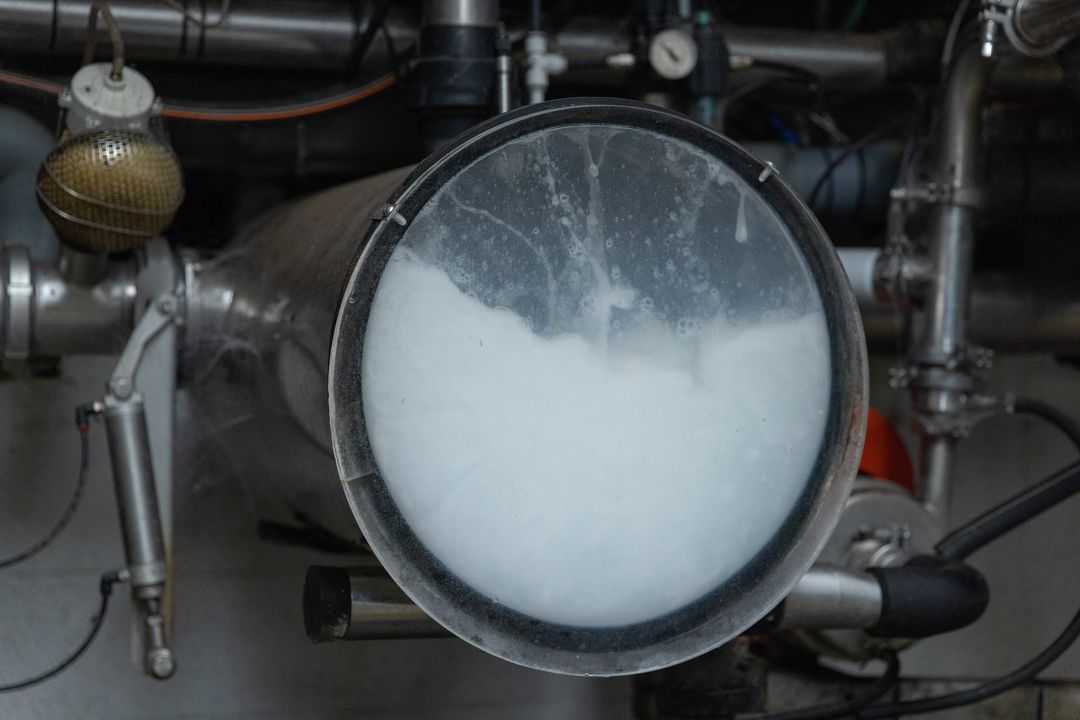Chlorine: How to use it in the dairy
5 Jan 2025

Chlorine plays a crucial role in maintaining dairy hygiene, serving various purposes: cleaning the plant, water treatment, and removal of moss and mould from concrete surfaces.
Liquid chlorine is added to an alkali wash to help fractionate protein and prevent buildup. Additional liquid chlorine can be added to the alkali wash during certain challenges or times of the season, for example correcting grades or boosting the pre-season heavy-duty chlorinated alkali wash.
So, what exactly is in chlorine? The primary component of liquid chlorine is sodium hypochlorite, with trace amounts of perchlorate and chlorate. It’s considered an unstable product and over time hypochlorite levels decrease, while perchlorate and chlorate levels increase. This degradation is more noticeable when the product is exposed to higher temperatures or direct sunlight.
Higher levels of perchlorate and chlorate in milk can lead to grades, highlighting the importance of adhering to the manufacturer’s recommended dosage rates. If chlorine is used to treat water, the risk of perchlorate and chlorate residues is heightened. Therefore, avoiding overdosing and using products past their best-before date is crucial.
To minimise the risk of chlorate and perchlorate residues, we recommend incorporating Quantum Powder into your hot alkali wash. This high-strength powdered alkali is already chlorinated, helping to effectively remove fat and protein from the plant and vat. Powdered chlorine provides a more stable formulation, ensuring the efficiency of your wash remains consistent over time.
FIL’s in-house chemist, Drew Chadwick, says there’s some key factors to consider when using and storing liquid alkali on farm:
- Check the best before date on the label,
- Refer to dilutions rates on your wash programme,
- Follow the alkali wash with a rinse using compliant or treated water, followed by an acid wash and final rinse,
- Store securely in a cool place out of direct sunlight.
If you have any questions about using chlorine as part of your plant and vat wash routine, contact your local FIL Area Manager. Alternatively, you submit Drew a question using our Ask The Chemist form.
Back...
